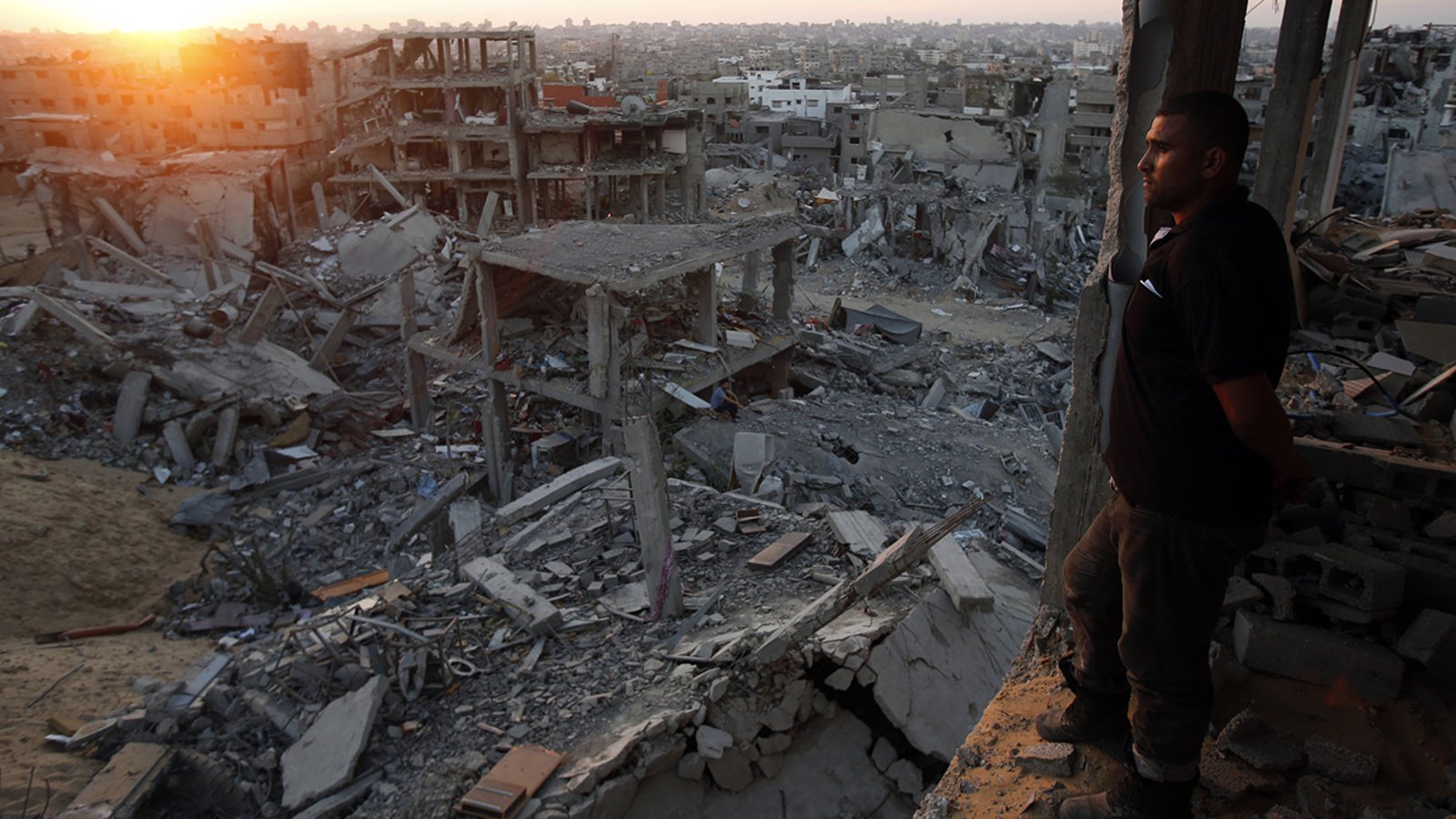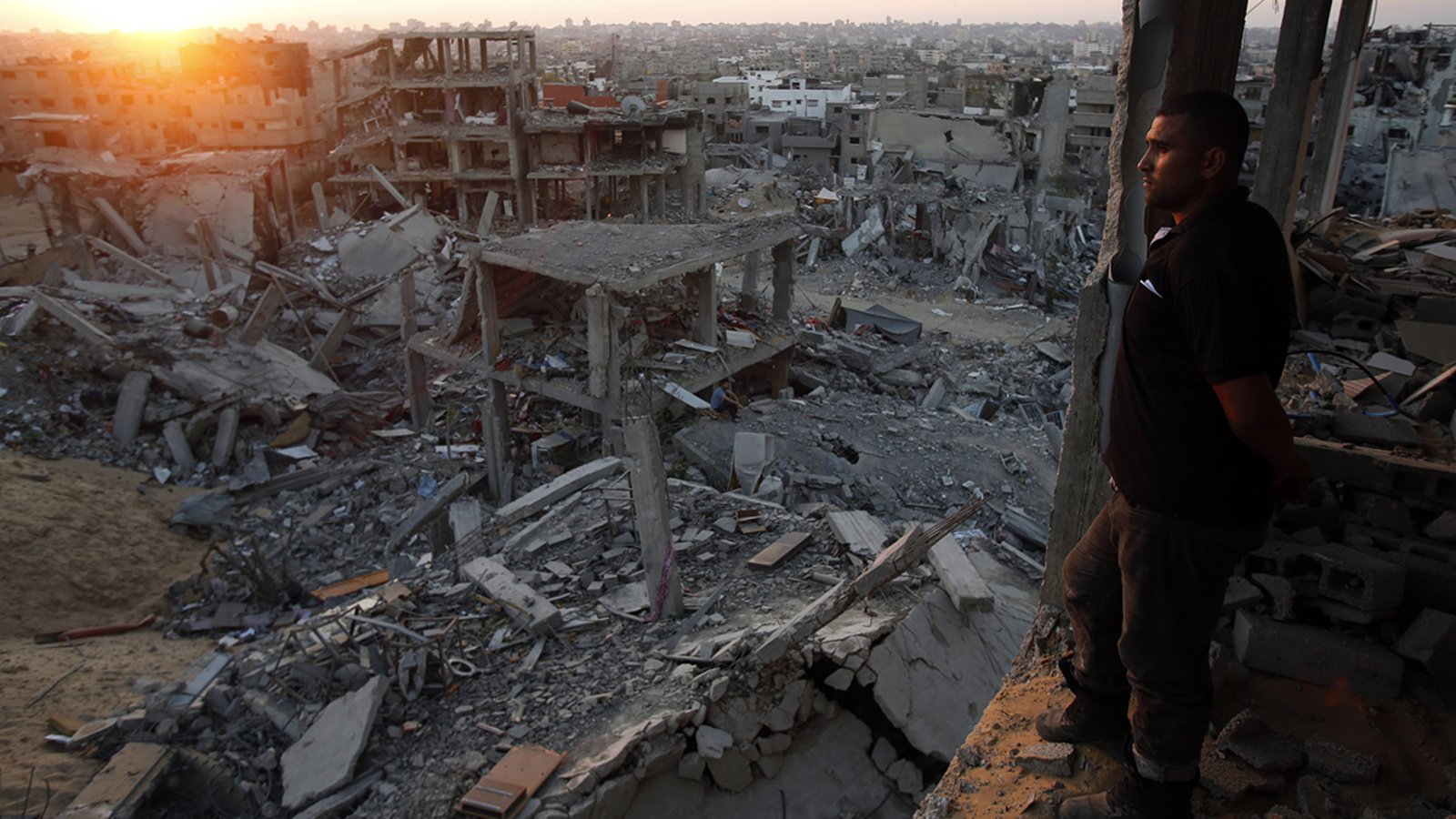Climate disasters aren’t natural – and calling them that makes things worse – Lowy Institute

Report on State Obligations, Climate Change, and Disaster Terminology in the Context of the Sustainable Development Goals
Introduction: Legal Precedents and Alignment with Global Goals
Recent legal developments, including a July Advisory Opinion from the International Court of Justice, are clarifying state obligations concerning climate change. This growing body of legal authority underscores the anthropogenic role in climate change and its consequences. This report analyzes the concept of disasters through the lens of human accountability, aligning the discussion with key Sustainable Development Goals (SDGs), particularly SDG 13 (Climate Action) and SDG 16 (Peace, Justice and Strong Institutions). The failure to acknowledge human agency in disasters hinders progress towards the 2030 Agenda by misattributing preventable outcomes to “natural” phenomena.
Defining Disasters in the Framework of Sustainable Development
Distinguishing Key Concepts
Clarity in terminology is essential for effective policy and action. The following distinctions are critical for aligning disaster response with sustainable development objectives:
- Disaster: An event causing serious disruption to a community’s functioning that overwhelms its capacity to respond. Disasters result in significant human, economic, and environmental losses, directly impeding progress on SDG 11 (Sustainable Cities and Communities) and SDG 1 (No Poverty).
- Emergency: A sudden event requiring an urgent response that does not necessarily overwhelm collective response capacities.
- Humanitarian Crisis: A situation where humanitarian needs are sufficiently large and complex to require significant, multi-sectoral external assistance over an extended period. A disaster may escalate into a humanitarian crisis if response is ineffective, representing a significant setback for SDG 3 (Good Health and Well-being).
The Fallacy of “Natural Disasters” and its Impact on SDG Achievement
The Critical Role of Human Action and Inaction
The term “natural disaster” is a misnomer that obstructs accountability and undermines efforts to achieve the SDGs. While hazards such as cyclones or wildfires may be natural phenomena, their escalation into disasters is contingent on human factors. A disaster is inevitable only when there is insufficient preparation, prevention, and regulation. This directly relates to failures in achieving targets under several SDGs.
- Inadequate Planning and Infrastructure: The failure to enact and enforce appropriate building regulations and land-use policies places homes and critical infrastructure in harm’s way. This contravenes the objectives of SDG 11.5, which aims to significantly reduce the number of deaths and economic losses resulting from disasters.
- Exacerbation by Climate Change: The increasing frequency and intensity of extreme weather events are a direct consequence of anthropogenic climate change. Attributing the resulting disasters to “nature” ignores the collective failure to take decisive climate action as mandated by SDG 13.
Quantifying the Setback to Global Goals
The consequences of these events represent a significant impediment to the 2030 Agenda:
- Economic Losses: Global disaster costs now exceed US$2.3 trillion, diverting critical resources from development and poverty alleviation efforts under SDG 1 and SDG 10 (Reduced Inequalities).
- Human Impact: Tens of thousands of annual deaths and millions of lives impacted represent a direct failure to protect human life and well-being as outlined in SDG 3.
Recommendations: Shifting the Narrative to Advance the 2030 Agenda
Adopting Accountable Terminology
A more accurate and productive framing is to describe disasters as being triggered by natural or human-induced hazards. This linguistic shift is crucial for several reasons:
- It fosters a culture of ownership and accountability, which is fundamental to building effective and transparent institutions under SDG 16.
- It prioritizes anticipatory action, disaster risk reduction, and climate adaptation strategies over a purely reactive response.
- It correctly identifies that hazards occur in a socio-economic context, where human-induced factors create cascading effects that result in a disaster.
Focusing on Vulnerability and International Cooperation
This revised narrative correctly frames disasters as a development and inequality issue. Poor and marginalized communities, along with under-resourced countries, are most vulnerable due to a lack of capacity to adapt, prepare, and respond. Addressing this requires a targeted approach consistent with the principles of the SDGs.
- Tackle Root Causes: Emphasize policies that reduce systemic vulnerability, directly contributing to SDG 10 (Reduced Inequalities).
- Strengthen Global Partnerships: Acknowledge the capacity gaps in developing nations and promote international cooperation and assistance, in line with SDG 17 (Partnerships for the Goals).
- Promote Resilience: A change in mindset will support proactive measures to significantly lessen the impact of climate change, thereby protecting development gains and advancing the entire 2030 Agenda.
Analysis of the Article in Relation to Sustainable Development Goals
1. Which SDGs are addressed or connected to the issues highlighted in the article?
-
SDG 1: No Poverty
The article connects to SDG 1 by highlighting how disasters disproportionately affect the most vulnerable populations. It explicitly states, “poor and marginalised communities are most vulnerable to disasters as they frequently receive little to no protection and do not have the capacity to develop sufficient resources,” which directly relates to building resilience among the poor.
-
SDG 11: Sustainable Cities and Communities
This goal is central to the article’s theme. The text discusses the need for disaster preparedness and risk reduction within communities to prevent extreme weather events from becoming large-scale disasters. It mentions the importance of regulations for building homes and critical infrastructure to be out of harm’s way, which is a core component of creating safe and resilient human settlements.
-
SDG 13: Climate Action
The article is fundamentally about the consequences of climate change. It opens by discussing legal obligations concerning climate change and repeatedly links the increasing frequency and intensity of extreme weather events to climate change. The core argument for disaster risk reduction is framed as a necessary response to the impacts of a worsening climate, aligning directly with the call for climate action.
2. What specific targets under those SDGs can be identified based on the article’s content?
-
Target 1.5
“By 2030, build the resilience of the poor and those in vulnerable situations and reduce their exposure and vulnerability to climate-related extreme events and other economic, social and environmental shocks and disasters.” The article directly supports this target by emphasizing that disasters are not “natural” but are exacerbated by a lack of preparation, which disproportionately impacts poor and marginalized communities who lack the capacity to adapt and respond.
-
Target 11.5
“By 2030, significantly reduce the number of deaths and the number of people affected and substantially decrease the direct economic losses relative to global gross domestic product caused by disasters… with a focus on protecting the poor and people in vulnerable situations.” The article provides specific data on the human and economic costs of disasters, mentioning “tens of thousands” of annual deaths, “millions” impacted, and economic losses exceeding “US$2.3 trillion,” directly aligning with the objectives of this target.
-
Target 11.b
“…implement integrated policies and plans towards… mitigation and adaptation to climate change, resilience to disasters, and develop and implement… holistic disaster risk management at all levels.” The article’s call to change the narrative around disasters is a call for a shift in policy and planning. It advocates for prioritizing “anticipatory action and disaster risk reduction mechanisms,” which is the essence of implementing holistic disaster risk management plans.
-
Target 13.1
“Strengthen resilience and adaptive capacity to climate-related hazards and natural disasters in all countries.” The entire article argues for this. It posits that while extreme weather events are caused by climate change, they only become disasters due to “insufficient preparation and prevention.” The call to shift focus towards adaptation and preparedness is a direct reflection of this target.
3. Are there any indicators mentioned or implied in the article that can be used to measure progress towards the identified targets?
-
Number of deaths and people affected by disasters
The article explicitly mentions data from the EM-DAT database, stating that “the number of annual deaths resulting from weather-related disasters stands at tens of thousands, while those whose lives were spared but are nonetheless impacted number in the millions.” This directly corresponds to indicators used to measure progress on Targets 1.5 and 11.5 (e.g., Indicator 11.5.1: Number of deaths, missing persons and directly affected persons attributed to disasters per 100,000 population).
-
Economic losses from disasters
The article quantifies the financial impact of disasters, noting that “the global cost of disasters was US$634.6 billion in 2005, this figure now exceeds US$2.3 trillion when indirect and ecosystem costs are factored in.” This figure is a direct measure for indicators related to Targets 1.5 and 11.5 (e.g., Indicator 11.5.2: Direct economic loss attributed to disasters in relation to global GDP).
-
Adoption of disaster risk reduction strategies
While not providing a number, the article strongly implies the need for this indicator by advocating for a “prioritisation of anticipatory action and disaster risk reduction mechanisms.” The argument for changing the narrative is presented as a crucial step to “support a change in mindset and approach,” which is a prerequisite for the successful adoption and implementation of national and local disaster risk reduction strategies (related to Indicators 1.5.3, 11.b.1, and 13.1.2).
4. Summary Table of SDGs, Targets, and Indicators
| SDGs | Targets | Indicators (Mentioned or Implied in the Article) |
|---|---|---|
| SDG 1: No Poverty | Target 1.5: Build the resilience of the poor and reduce their vulnerability to climate-related extreme events and disasters. |
|
| SDG 11: Sustainable Cities and Communities |
Target 11.5: Significantly reduce the number of deaths, people affected, and economic losses from disasters.
Target 11.b: Implement integrated policies and plans for climate change adaptation, resilience, and holistic disaster risk management. |
|
| SDG 13: Climate Action | Target 13.1: Strengthen resilience and adaptive capacity to climate-related hazards and natural disasters. |
|
Source: lowyinstitute.org

What is Your Reaction?
 Like
0
Like
0
 Dislike
0
Dislike
0
 Love
0
Love
0
 Funny
0
Funny
0
 Angry
0
Angry
0
 Sad
0
Sad
0
 Wow
0
Wow
0











































































